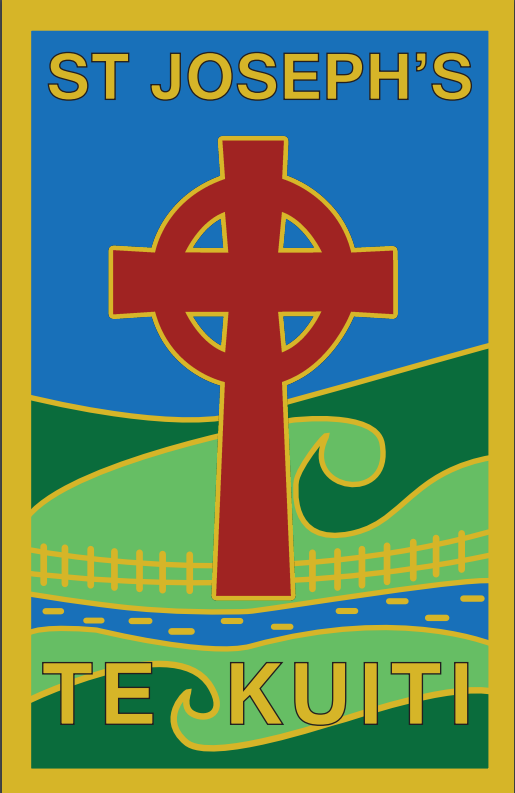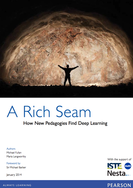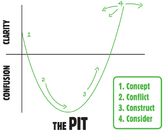
The National Curriculum sets the direction for student learning and provides the school with guidance as we design and review our curriculum. The National Religious Education Curriculum is taught throughout the school as laid down by the NZ Bishops’ Conference, and its delivery is closely monitored by the Principal and Director of Religious Studies.
(Catholic Diocese of Hamilton- Review Report).
The Flexible Learning Environment – What are the Changes? and Why?
What is a Flexible Learning Environment – TKI Ministry of Ed NZ
So one way of thinking about a learning environment, is to think of it as consisting of three layers,
- a physical layer,
- a virtual layer and
- a cultural layer of space.
The physical layer has furniture, walls, it might have storage and resources, and we might talk about the furniture of physical space.
The Virtual space is any media or mechanism that allows information to flow through the environment. An obvious way is technology, but you can also include things we don’t think of as technology, books,handwriting, posters, post-it notes.
The cultural space is the headspace of the people who inhabit the learning environment, the students, perhaps the teachers of course, and maybe parents and others who are part of that community. An example of cultural space would be, permissions, valued behaviours, routines, self-concept, the way the students and teachers think about what they’re doing and why they’re there.
Why School’s Need to Change – Tony Grey
What’s all this stuff about MLE’s, ILE’s or FLE’s – Tony Grey
Karen Boyes – Self Directed Learning WHY?
This the Future of Education – John Spencer
The Research – Tony Grey Screencast
Changing Education Paradigms – Sir Ken Robinson
14 Things that are obsolete in 21st century schools
|
A Rich Seam – How New Pedagogies Find Deep Learning by Michael Fullan & Maria Langworthy
This report is about three new forces that are converging to break open prodigious learning possibilities. The first force, ‘new pedagogies’, springs from new learning partnerships that emerge between and among students and teachers when digital tools and resources become pervasive. The second,‘new change leadership’, merges top-down, bottom-up and sideways energies to generate change that is faster and easier than anything seen in past efforts at reform. The third,‘new system economics’, makes the powerful learning tools and resources that accelerate the first two forces more affordable for all. |
|
||
|
Future-focused Learning in 21st Century Schools by Mark Osborne – Slideshare Presentation
I highly recommend any of Mark’s material. |
The Learning Pit by James Nottingham
|
|||
| the_learning_pit.pdf |




